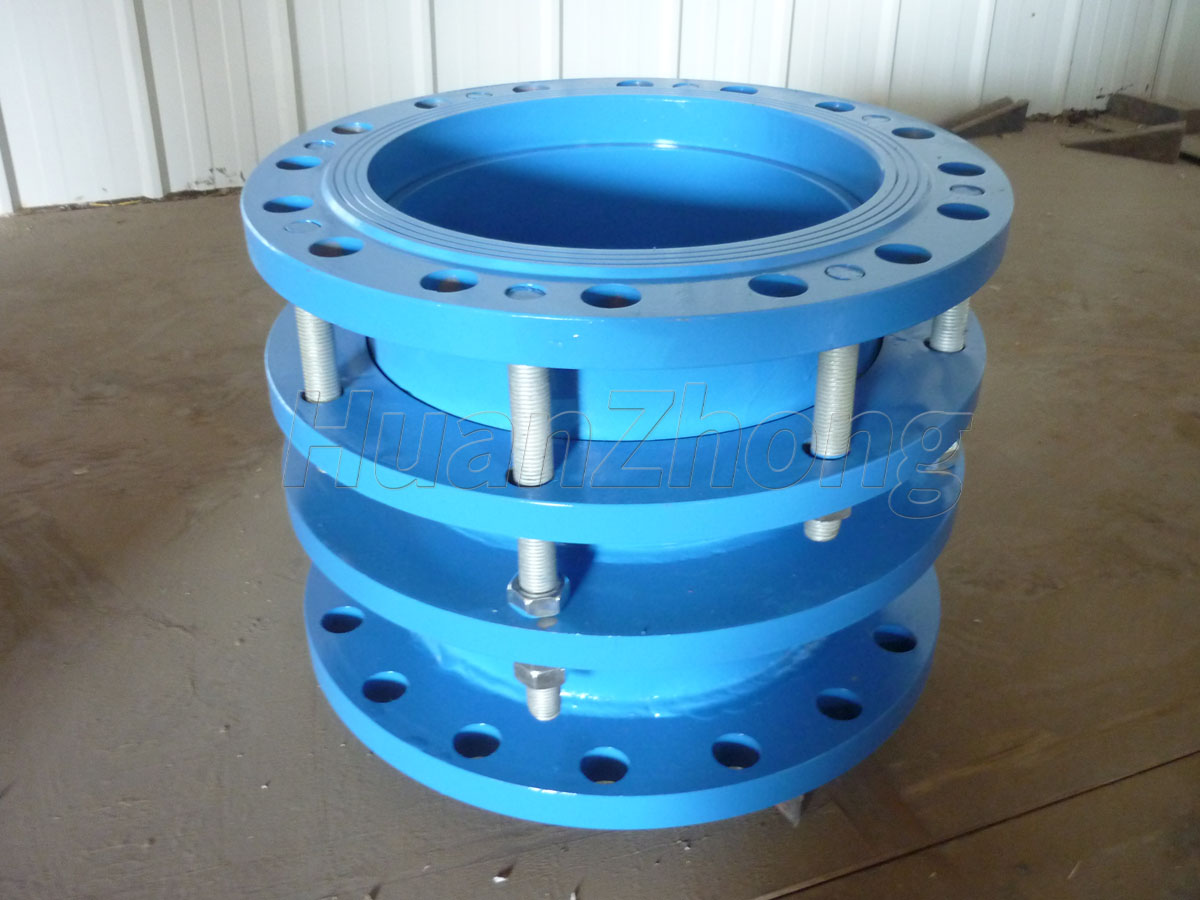Knowledge of stainless steel disassembly joint maintenance.
Knowledge of stainless steel disassembly joint maintenance.
Maintaining stainless steel disassembly joints is crucial to ensure their longevity, functionality, and resistance to corrosion. Here are some important maintenance practices for stainless steel disassembly joints:
1 . Regular Cleaning: Proper cleaning is essential to remove dirt, debris, and contaminants that can corrode the stainless steel surface. Use mild soapy water or a stainless steel cleaner to clean the joints. Avoid using abrasive materials or harsh chemicals that can scratch or degrade the stainless steel. Rinse thoroughly and dry the joints completely to prevent water spots or moisture buildup.
2 . Inspection for Corrosion: Regularly inspect the stainless steel disassembly joints for any signs of corrosion. Corrosion can lead to structural weakening and aesthetic deterioration. Look for discoloration, pitting, or rust spots on the joint surfaces. Pay special attention to crevices or hard-to-reach areas where moisture can accumulate and promote corrosion. Early detection allows for timely intervention to prevent further damage.
3 . Rust Removal: If you notice any signs of rust or corrosion, take immediate action to remove it. Use a non-abrasive stainless steel cleaner or a rust remover specifically formulated for stainless steel. Follow the manufacturer's instructions and apply the cleaner with a soft cloth or non-abrasive sponge. Gently scrub the rusted areas, paying attention to crevices or tight spots. Rinse thoroughly and dry the joints completely after rust removal.
4 . Lubrication: Proper lubrication helps maintain the functionality of stainless steel disassembly joints and prevents them from seizing or getting stuck over time. Apply a thin layer of lubricant, such as a silicone-based lubricant or a food-grade oil, to the joints. Avoid using lubricants that contain chlorine or other corrosive substances that can damage the stainless steel. Make sure to remove any excess lubricant to prevent attracting dirt or debris.
5 . Gasket Replacement: Stainless steel disassembly joints often use gaskets to provide a secure and leak-proof connection. Inspect the gaskets regularly and replace them if they show signs of wear, cracking, or deterioration. Use gaskets specifically designed for stainless steel applications to ensure compatibility and longevity. Properly installed and maintained gaskets contribute to the overall integrity and functionality of the joints.
6 . Protection against Chemicals: Stainless steel disassembly joints may come into contact with various chemicals or corrosive substances depending on the application. Take precautions to protect the joints from such exposure. Identify the chemicals that may come in contact with the joints and ensure they are compatible with stainless steel. Implement proper containment measures, protective coatings, or barriers to prevent direct contact with corrosive substances.
7 . Preventive Measures: Alongside regular maintenance, implementing preventive measures can help prolong the lifespan of stainless steel disassembly joints. Consider applying a protective coating or a specialized corrosion-resistant film to the stainless steel surface to provide an additional barrier against environmental factors and chemicals. Consult with experts or manufacturers to identify suitable protective measures for your specific application.
By following these maintenance practices, you can ensure the longevity, functionality, and corrosion resistance of stainless steel disassembly joints. Regular cleaning, inspection, rust removal, lubrication, and gasket replacement contribute to the overall performance and reliability of the joints. Additionally, taking preventive measures and protecting the joints against chemicals help maintain their integrity and extend their lifespan.
